Spider-Man's biggest comic book retcons, revamps, and re-dos
With great power comes great responsibility and great changes for Spider-Man
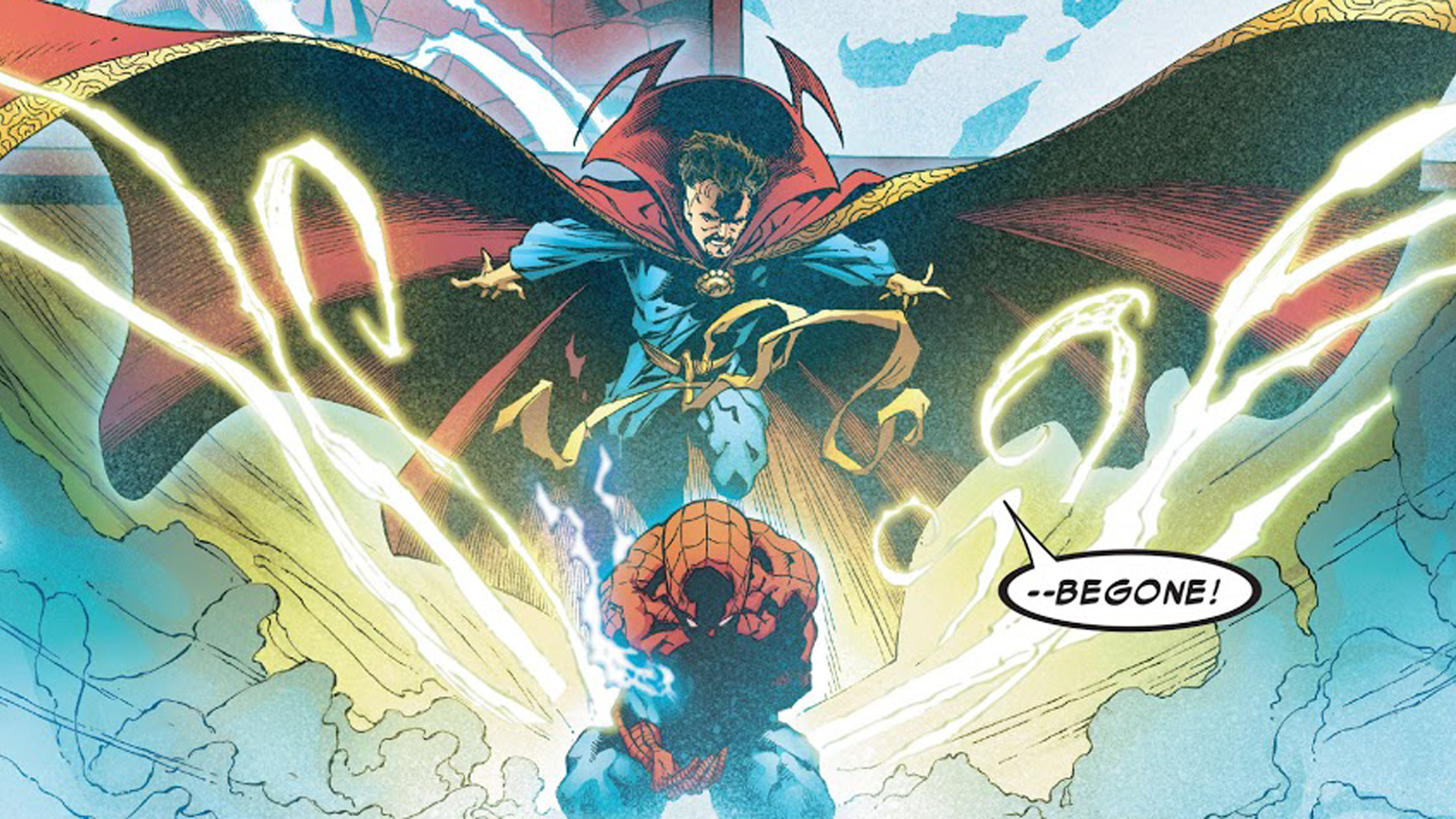
There's a big change on the horizon for Spider-Man as Nick Spencer's era ends and the 'Spider-Man Beyond' era begins. And comics aren't the only place for changes, as a leaked Spider-Man: No Way Home trailer also suggests possible inspiration from a storyline that involved perhaps the most controversial change ever in Spider-Man comic book history.
But call it that ol' Parker luck, because Peter Parker has grown used to seismic changes in his life over the years. With great power must also come great responsibility… and resilience.
As comic book fans prepare to say 'goodbye' (for now) to Peter Parker as Spider-Man and 'hello' to the return of Ben Reilly, we are looking back and the other major life changes Marvel's wall-crawler has gone through.
Organic Webshooters / Stingers

The Sam Raimi-directed Spider-Man film trilogy departed from the comic books in one major way: instead of building them himself, Peter Parker's web-shooters were part of his host of bite-granted spider-powers, a move that prompted more-heated-than-you-might-expect debate in the fan community.
The comic books followed suit a few years later, and the 'Avengers Disassembled' tie-in to Spectacular Spider-Man had Spidey very controversially gain organic web-shooters, thus eliminating the need for synthetic web fluid and bringing things a little closer to the movies.
That wasn't the only physical change ahead for Spidey: A little later on, as a result of 'The Other,' he also developed venom-coated stingers that sprung from his wrist.
He doesn't have either of them anymore, and subsequent movie and TV versions of Spider-Man have stuck with the classic, mechanical web-shooters.
Get the best comic news, insights, opinions, analysis and more!
Six-Armed Spidey
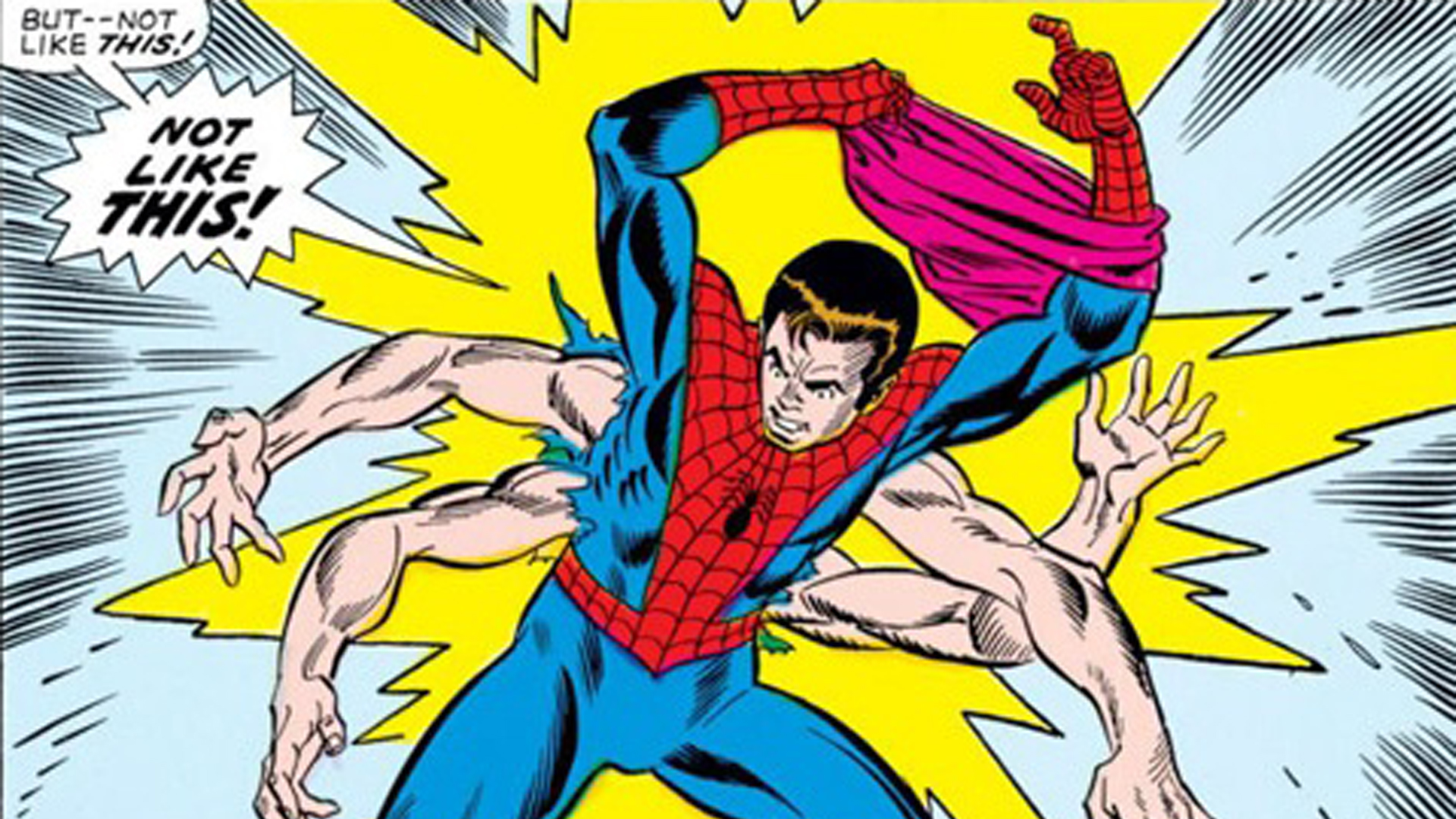
Given the jaded nature of many current fans, the idea of Spider-Man growing a few extra arms for a couple of issues might seem kind of quaint. But it certainly was a big deal during 'The Six Arms Saga' that ran through Amazing Spider-Man #100-#102, one of the most frequently referenced stories in Spider-Man history.
Following the death of Captain George Stacy - Gwen's dad and a friend to Spidey on the police force - Peter Parker decides that he has to stop being Spider-Man. But things are never that simple, and his attempt to eliminate his powers actually ends up giving him four extra arms.
Written towards the end of Stan Lee's stint on Amazing Spider-Man, 'The Six Arms Saga' provided one of the most enduring images in Spidey history, and also introduced Morbius, the Living Vampire to the Marvel U.
Spider-Man: Clothes Horse?

The original Steve Ditko Spider-Man costume is an iconic piece of work – and has lived on with only slight alterations in comics, movies, television, video games, and more. But that being said, Peter Parker has taken to some other duds from time to time – from his classic black costume of the '80s to the Iron Man-designed Iron Spider suit, the 'Ends of the Earth' combat gear, and the Puff Daddy-esque all-white Future Foundation uniform among others.
While Spider-Man always seems to revert back to that classic costume of yore, he’s shown himself to be a spider that can spin more than just webs as witnessed in all the alt. versions of Spidey in the Spider-Verse stories.
Secret Identity Revealed
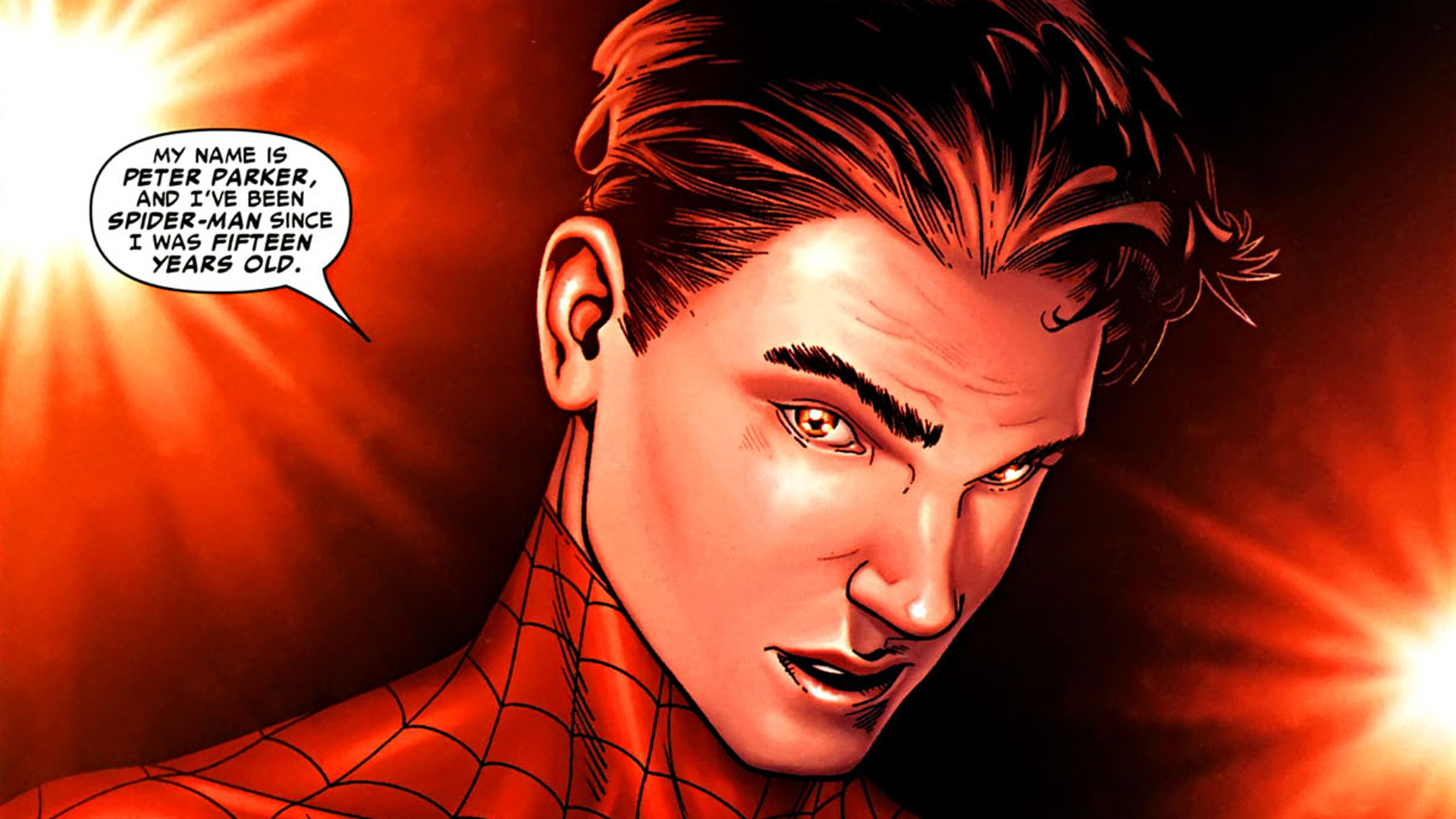
When the 2006 Marvel event series Civil War began, Spider-Man was on Iron Man's pro-registration side advocating that superpowered folks should register with the government - and was talked into revealing his secret identity to the public, as a sign of good faith that the heroes on the pro-registration side had nothing to hide.
Well, turns out Peter kept that secret for all these years for a very good reason, and that bad decision saw Kingpin target and almost kill Aunt May, and Spidey eventually migrating over to Captain America's anti-registration side. Spidey would end up going to great lengths to make his identity secret once again, but more on that in a bit.
That Parker Luck
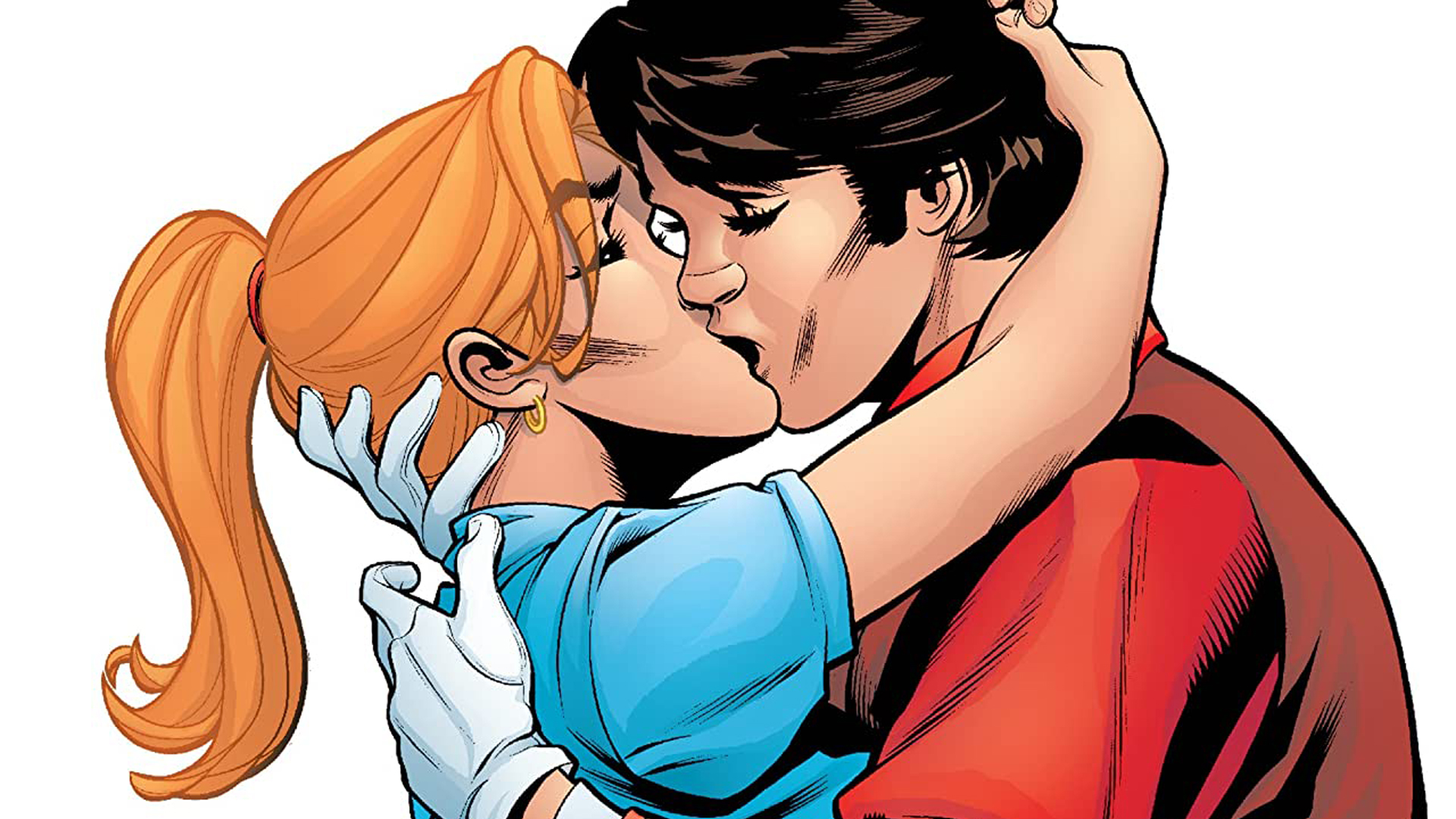
One of the fundamental pillars of Peter Parker's origin is his upbringing by his uncle Ben and Aunt May after his own parents died prematurely, but on more than one occasion Marvel has seen fit to retcon that notion and add in spy backgrounds, a bit of soap opera, and even some fudged birth records.
In 1968's Amazing Spider-Man Annual #5, co-creator Stan Lee wrote an interesting story that saw Parker traveling through eastern Europe after discovering that his parents, Richard and May Parker, were dubbed traitors of the state in World War II. Parker ran afoul of Red Skull on his European trip, eventually learning that his father was in fact a double agent during the second war. This secret spycraft past for the Parkers was revisited in the '90s during 'The Clone Saga,' but more on that later…
The second major twist in the lives of the people who raised Peter was found in 2003's Trouble by Mark Millar and Terry Dodson. In that, it showed Parker's parents and adoptive parents as young adults, running wild and having fun. In the climax of the story, it's revealed that May was the true mother of Peter Parker, but gave up the baby to be raised by Richard and Mary. Marvel's distanced itself from this quite heavily, and while it may have been intended to be initially, it is not considered in-continuity now.
Alien Symbiote
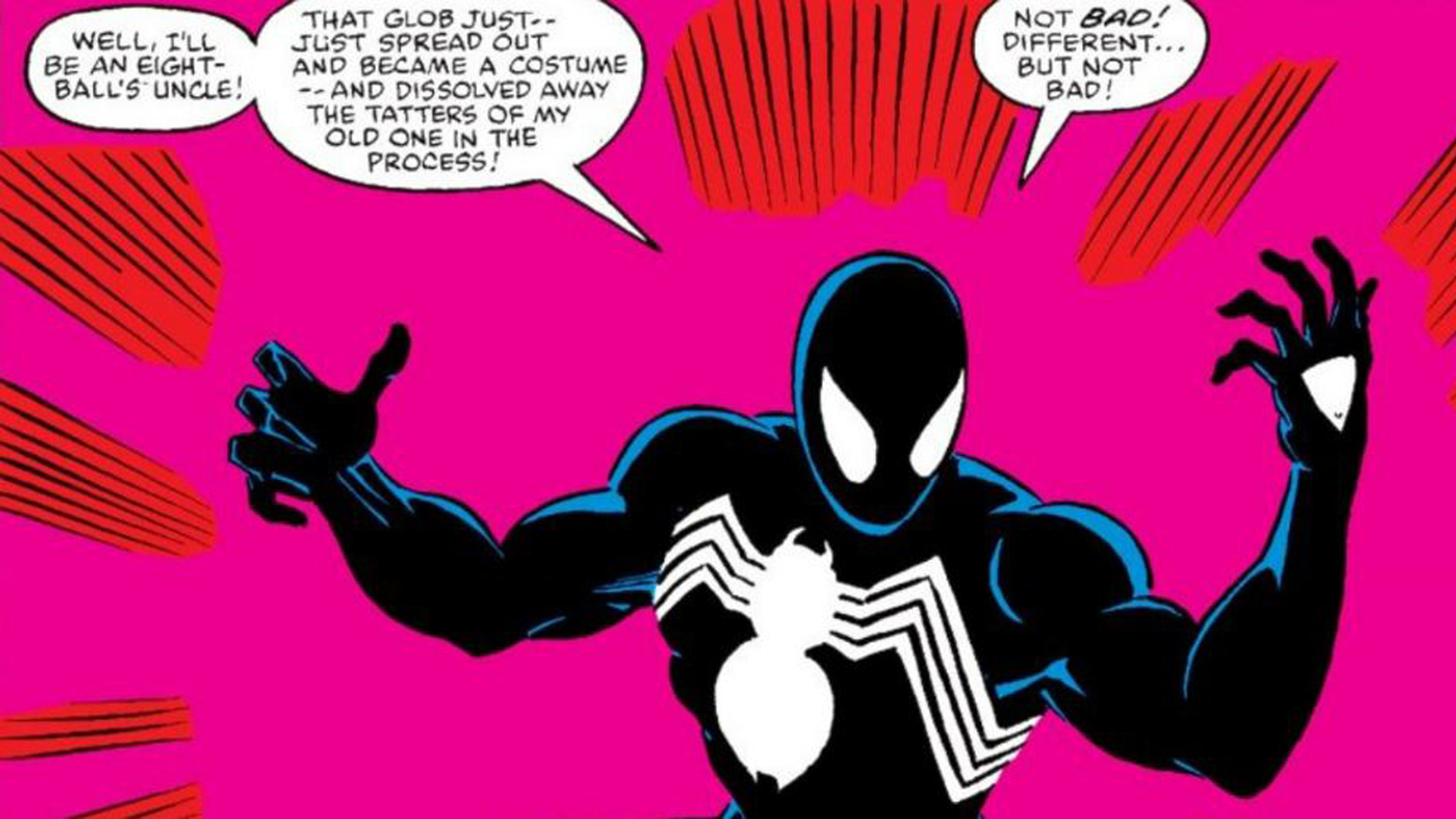
During the original Secret Wars, Spider-Man got a cool new black costume. But here's the ol' Parker luck: It was an alien parasite that wanted to bond with him forever.
Peter figured that out and got rid of it (though he wore a cloth version of the costume for a while longer, because it was a good look for him), but the symbiote kept causing him problems, moving on to Eddie Brock and becoming the villain/antihero/'Lethal Protector' known as Venom.
Send in the Clones

Since the '70s, Spider-Man has had issues with clones. Things got really bad in the '90s when his original clone now known as Ben Reilly came back into his life, throwing everything he knew about himself into question in what went on to be one of the most infamous Spider-Man stories in history.
Reilly became a superhero in his own right named Scarlet Spider, and eventually Peter came to accept that he was actually the clone. This led to Ben Reilly taking up the Spider-Man mantle complete with redesigned costume and a few new twists like 'impact webbing' and Peter Parker mostly fading into the background.
But wait! In a fight with Norman Osborn, the original Green Goblin who had just resurfaced from presumed death, Reilly was impaled by a Goblin Glider, and degenerated, like all clones do, establishing the Peter Parker everyone had been reading for the past 20-plus years as the real deal all along.
The various Spider-clones have weaved their way in and out of comics time and time again, with Ben Reilly eventually returned in The Clone Conspiracy - a story that cloned and resurrected (briefly) nearly everyone in Peter Parker's life who died in his time as Spider-Man.
Getting Married

Marvel took a bit of a leap of faith in 1987 by marrying Peter Parker and Mary Jane Watson. Unlike other married Marvel couples like Reed Richards and Sue Storm, Spider-Man had multiple love interests in his fictional life, and not even Clark Kent and Lois Lane got married until nearly a decade later.
It was also a controversial move, as it changed the character in many ways. His 'swinging' single days were gone, and he now had a family (including nearly a baby) to look out for, frequently calling into question the decision of risking your life on a nightly basis.
Peter Parker and Mary Jane had some rough times, including a separation, but stayed married for about 20 years. But nothing lasts forever... More on that in a moment.
Superior Spider-Man

When one of your arch-enemies exacts his ultimate revenge by confiscating your body and taking over your life for what will be a year and some change and 30-something issues, that's a pretty big change in status quo.
But perhaps the even bigger surprise in the wake of Dr. Octopus hijacking Spider-Man's very existence was how the storyline was received by the comic book community.
While the move to Superior Spider-Man was initially controversial and still has its critics for sure, the run that started in January 2013 was generally very well received by critics and a consistent bestseller for Marvel. Die-hard Peter fans may not like to hear this, but Otto Octavius almost certainly injected some new life into the franchise.
Though the story ended with the return of Peter Parker, Superior Spider-Man also set the stage for Peter's life as the ultra-rich CEO of Parker Industries, a company built – and later dismantled – by Octavius.
Getting Unmarried
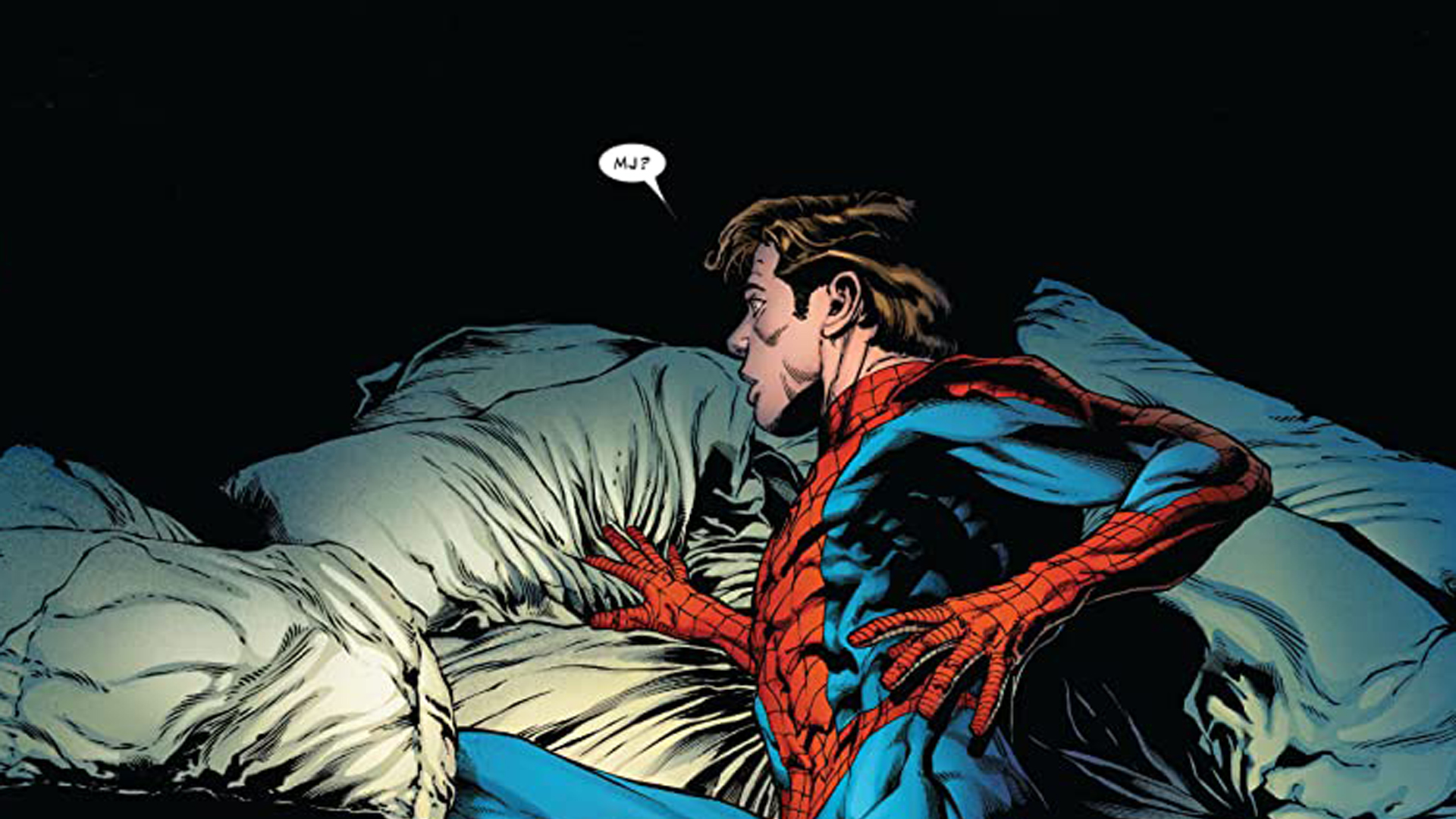
Joe Quesada - Marvel's editor-in-chief for most of the '00s - was very upfront that he wasn't a fan of Peter Parker being married to Mary Jane, and during the 'One More Day' storyline (which Quesada illustrated and J. Michael Straczynski wrote), the marriage was essentially written out of history thanks to some magical intervention.
As a side effect of Peter Parker revealing his secret to the world, his beloved Aunt May was nearly dead. Mephisto - basically the Marvel Universe version of Satan - offered a deal: He'd restore Aunt May to health in exchange for Peter and MJ's marriage. With a little bargaining - Spider-Man's identity also needed to once again be secret - the deal was done, leading them immediately to be 'un'-married but still close to one another.
The storyline remains one of the most controversial in Spider-Man history, with some fans still upset about what went down, over a decade later.
But there's good news for fans of Pete and MJ's wedded bliss: they have reunited and are a current Marvel Comics power couple - although no vows have been exchanged.


